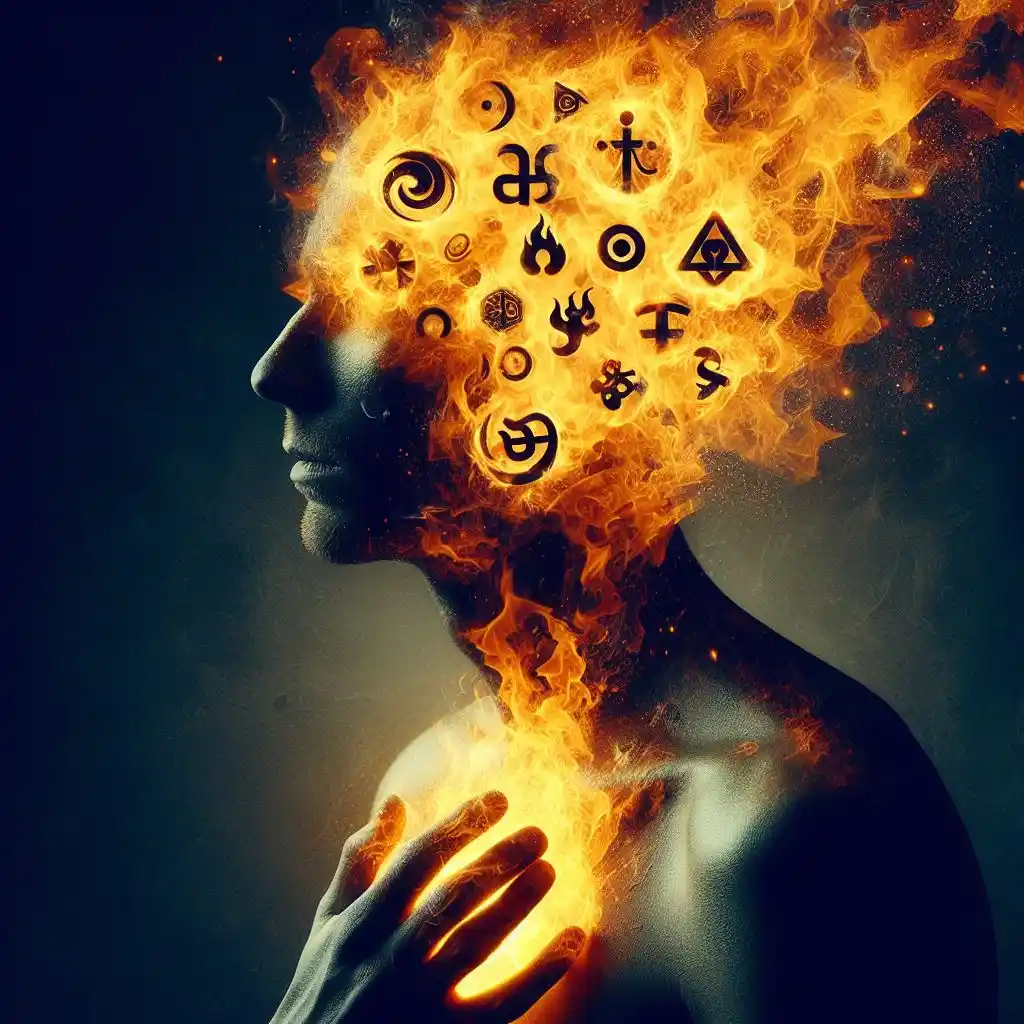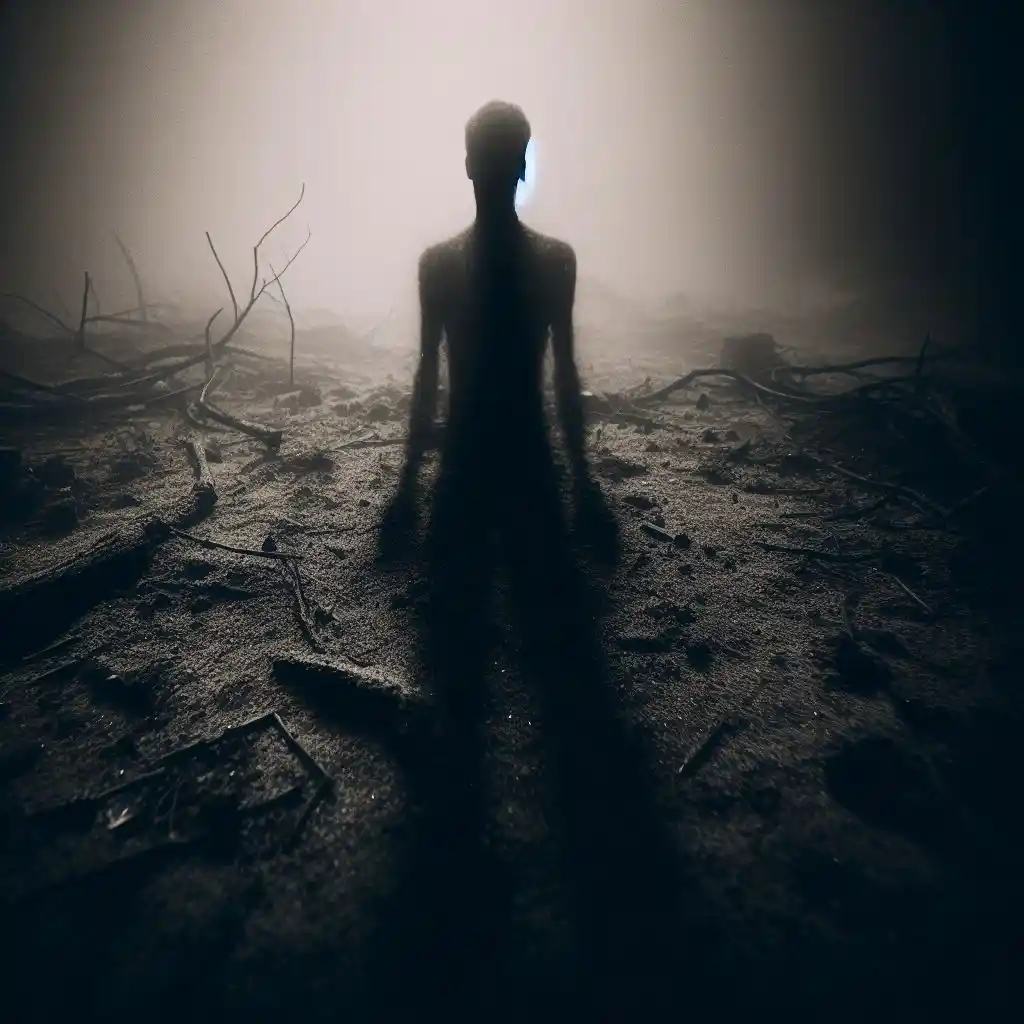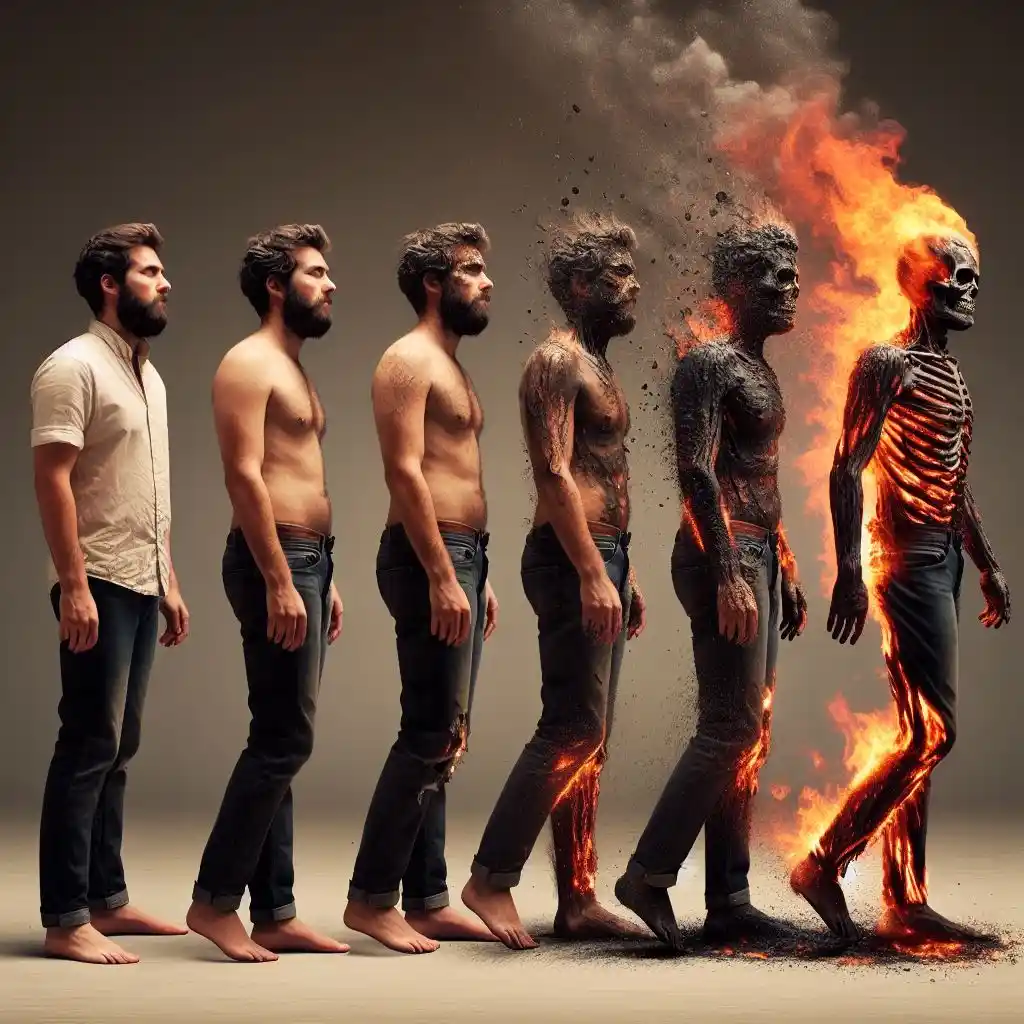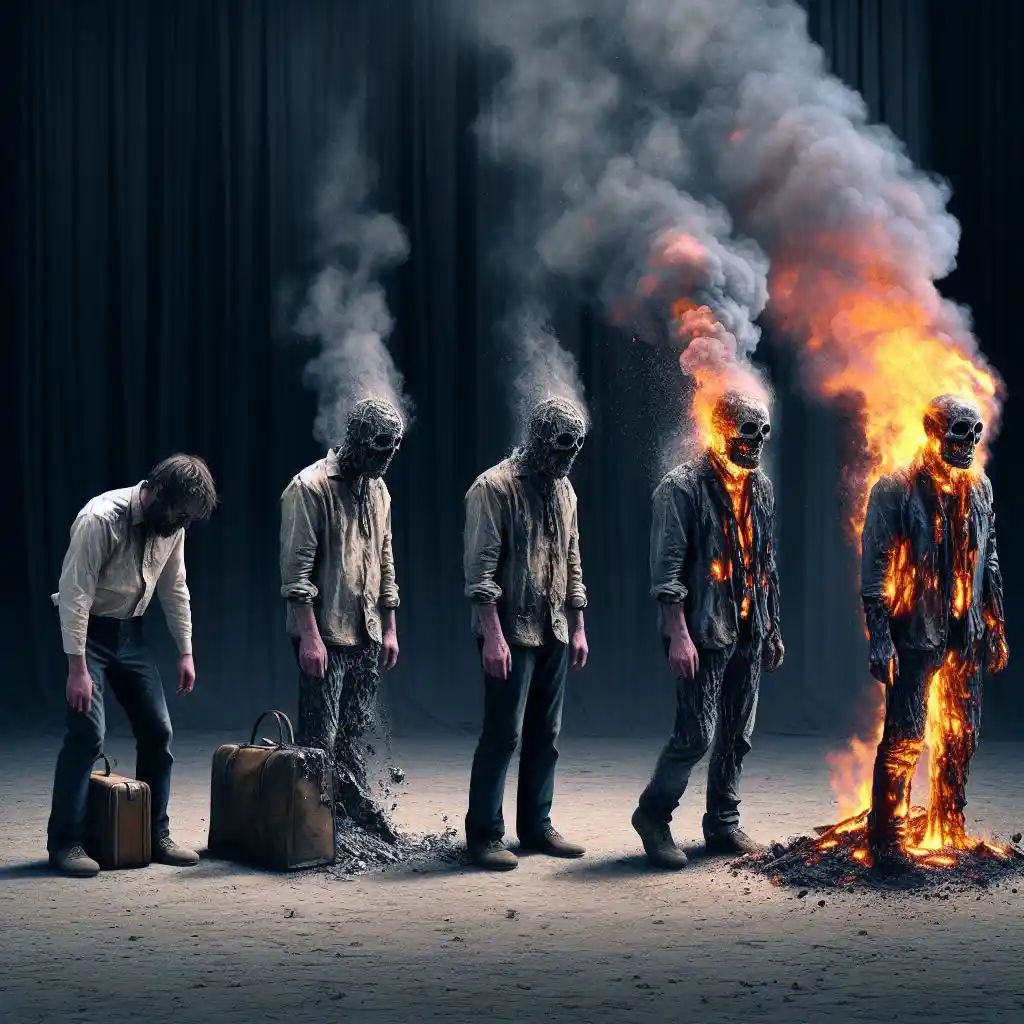Imagine your body suddenly bursting into flames without any apparent external ignition source. The skin crackles and melts as the mysterious inner fire consumes flesh and bone before reducing you to a pile of ash. This utterly bizarre phenomenon of “spontaneous human combustion” (SHC) has confounded scientists for centuries despite many alleged cases emerging from history.
While the imagery evokes science fiction horrors, accounts of SHC date back to the 17th century. Reports continue surfacing globally of apparent sudden fires consuming victims from within for no clear reason. Theories try explaining these stranger-than-fiction deaths through everything from paranormal events to peculiar medical conditions. But concrete evidence remains elusive.

This post will dive into the enigma of unexplained “personal infernos” behind spontaneous human combustion legends. We will trace early chronicles and sensational alleged cases, then review the myriad theories that attempt making sense of this macabre mystery that still challenges modern science today. Exploring stories of SHC offers a unique window into both the limits of current knowledge and the extreme lengths some go to rationalize inexplicable tragedies.
Let’s examine what might truly happen when the metaphor of someone “bursting into flames” tragically transforms into literal reality through this alarming phenomenon.
Tracing the Bizarre History of “Personal Infernos”

Modern historians trace written accounts of spontaneous human combustion back to Danish anatomist Thomas Bartholinus. In 1654, he documented the alleged burning death of Polonus Vorstius where the body was largely reduced to ash except one leg. This became the first known recorded case in the Western world.
Over the next two centuries, European reports continued surfacing, often involving clergy or upper-class individuals. Victims ranged from Countess Cornelia Di Bandi in Italy 1731 to factory owner John Hitchell in England in 1815. Common threads included extreme torso damage, limbs spared, minimal fire spread, and little smoke or heat damage beyond remains.
For example, when Grace Pett’s burnt corpse was found in an English bedroom in 1744, the wooden room itself barely showed any fire effects. Only a small hole in the ceiling above the body marked the likely fire’s origin. Odd details like a fresh loaf of bread beside her also remained untouched with the strange flames seeming to selectively target only Pett.
Early American cases echoed European reports after incidents like Dr. Millet’s wife mysteriously burning to ashes in her Tennessee home in 1835. Only part of one foot remained intact. As the 19th century press amplified these stories, skeptics argued some cases involved disguised homicides. But the consistent patterns still confounded scientists of what could make human bodies seemingly self-immolate.
The unsettling mystery and horrific demise captured both public imagination and scientific scrutiny for generations to come through present day. The bizarre phenomenon defied explanation or replication despite over 200 alleged cases spanning centuries. What could possibly cause “personal infernos” so selective yet devastating? Let’s examine some proposed theories next.
Seeking Explanations for the Impossible Phenomenon

With sensational stories accumulating for over 200 years, various theories emerged attempting to explain the disturbing mystery of spontaneous human combustion. Early hypotheses attributed SHC deaths to supernatural forces, divine judgement, or demonic entities. But modern science largely refocused on natural causes that might make bodies burn from within.
One longstanding explanation involves alcoholism. The vapors emitted by those heavily intoxicated could supposedly ignite when combined with a nearby flame source like a pipe or candle. However, experiments disproved alcohol-based combustion and the theory fails to address cases involving children or the abstinent.
Other medical explanations suggest high levels of ketones from diabetes could potentially accelerate burning. But this remains scientifically unproven. Some 1970s research proposed a process called the “wick effect” where clothing or body fat essentially acts as a candle to fuel a small external flame gradually inwards. But critics counter that sustained temperatures exceeding 2500°F would be required for this — an unlikely bodily environment.
With no satisfactory scientific explanation yet established, a minority of theories continue to explore supernatural causes like human spontaneous combustion resulting from a psychic phenomenon, divine intervention, or even spirits of the deceased seeking vengeance through fire.
Enduring Mysteries and Burdens of Proof

Despite over 300 years of scattered documentation, spontaneous human combustion remains an elusive phenomenon today with more questions than answers. Several key factors make it difficult to irrefutably confirm cases as SHC.
For one, extremely thorough photographic evidence and medical examinations are lacking for most accounts before the era of mobile phones. Various alternate causes like accidental fires, arson, or homicides can rarely be fully eliminated.
Tabloid media and fictional depictions also muddy factual waters through likely embellishments or outright fabrications to hype stories. Without rigorously documented scene evidence, even initially credible reports become questioned over time.
Moreover, true spontaneous human combustion by definition lacks any clear natural trigger mechanism discernible yet by science. With no way to accurately induce or replicate it, researchers cannot yet prove any single theory.
For now, the very phenomena defies both scientific explanation and conclusive proof through a definitive “smoking gun” case. And so spontaneous human combustion continues enduring as an unnerving unsolved mystery – one perhaps destined to be permanently shrouded in dark historical legend rather than convincingly solved.
Disturbing Mystery

In the end, the alarming phenomenon of spontaneous human combustion seems destined to remain an unsolved scientific mystery tinged with macabre fascination. Despite over 300 years of scattered documentation, no explanation yet definitively accounts for the detailed reports of apparent personal infernos consuming victims from within.
With no consensus on natural or supernatural causes, SHC continues captivating public imagination through its eerie unexplained nature, made more vivid across horror fiction and true crime media depicting these gruesome deaths. Until defined proof arises, the topic seems fated to stand as one of the most bizarre and disturbing mysteries of record.
What are your thoughts on these alarming SHC accounts? Do you lean towards rational explanations still awaiting discovery by science? Or do you believe certain phenomena ultimately defy understanding through current means? Share your takes on spontaneous human combustion and theories that might someday solve these “personal inferno” mysteries!

